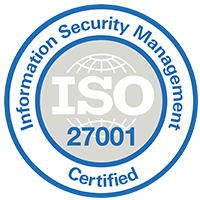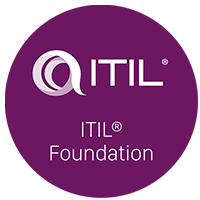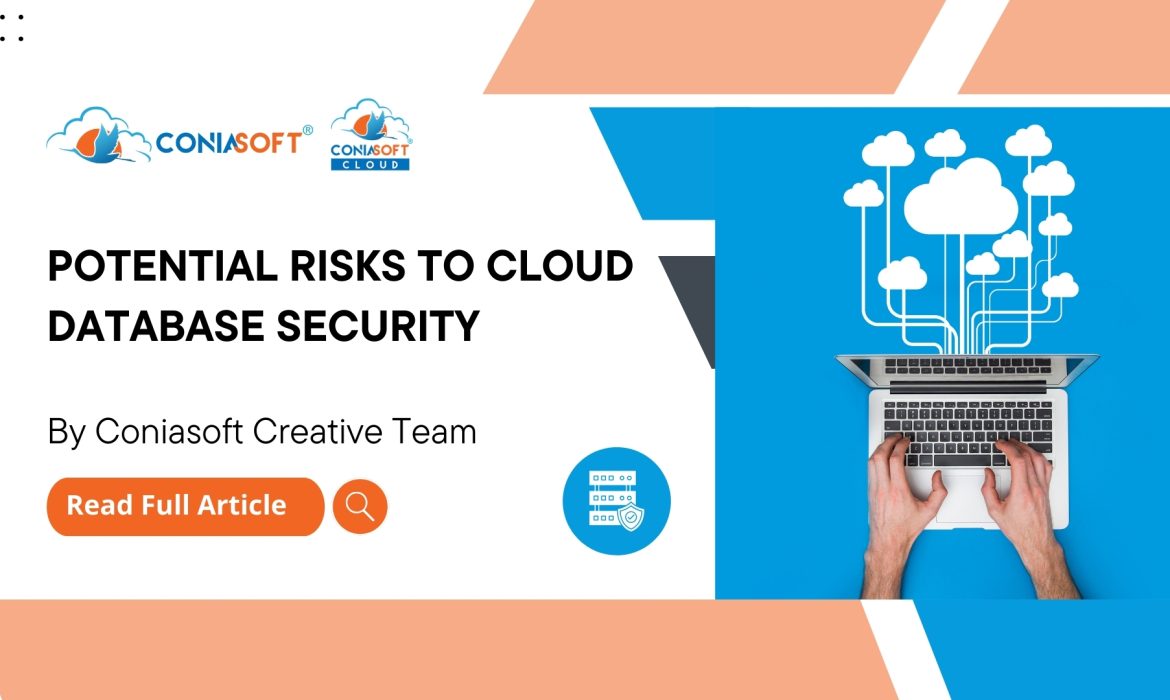The IT sector is experiencing rapid growth in cloud database storage, with some research estimates predicting growth of more than 60% annually. It is enticing to be able to store databases online to enable access by many departments and user types, but as with all forms of cloud computing, server database storage involves some risk.
Understanding the hazards associated with cloud computing can help network security teams better plan for intrusion attempts and lessen the impact of successful breaches as organisations seek to store databases online. This article describes how security risks might be decreased while highlighting some vulnerabilities in cloud database systems.
Potential Threat Types
Many of the same risks that concern cloud technology also influence cloud database systems. However, the effects can be rather severe if left uncontrolled because of the nature of the vast quantities of potentially sensitive information being held in databases. Although not an exhaustive list, these concerns provide a general idea of the risks network managers must face as businesses deploy massive cloud database storage systems.
Data breaches frequently threaten cloud databases, where hackers access sensitive data like client information and use it for their benefit. These breaches may worsen as more data is kept in centralised locations, potentially affecting millions of clients or workers simultaneously.
In a cyberattack known as account hijacking, hackers employ phishing or software flaws to take control of a user’s account. Once the user’s login credentials have been obtained, the hackers can access any files or data kept in their cloud, possibly including database information, by changing the password to lock them out.
Users can interact with a cloud system through an Application Programming Interface (API), which controls access rights for affixing third-party programs. Cloud storage providers and other internet businesses have made headway in developing safe APIs like OAuth, yet there are still openings for hackers to access administrator API areas.
Data loss might happen when a hacker acquires access to sensitive data and deletes it to inconvenience its owner. Users can only retain their files if they retain up-to-date backups in case they are altered. If all files are kept on a single cloud-based server, deleting one file could result in simultaneous loss on all user devices.
Thanks to cloud servers ‘ helpful synchronising services, database files can be updated across platforms and devices. The potential for harm is significantly higher if an attacker uses this approach to concurrently spread infections to all user devices than if they affect a small, locally stored organisation network. Cloud servers should, therefore, be regarded as malware platforms.
Eliminating Risk
Although the hazards associated with cloud databases may be frightening, knowing them can help users minimise potential harm. System administrators can follow these general guidelines to secure cloud databases and protect their networks from intrusions.
Administrators must understand how sensitive data, including log files and document data, is stored on their network. These forms of data should be categorised and labelled, and access rights should be reviewed to ensure that only the right people may access each file type.
To protect network data, each user’s level of access must be determined, with full access granted to the data owner and sensitive sections open to other users. Techniques like data encryption and masking prevent unauthorised access to user data, including online partial account number viewing.
Effective network security teams are proactive, routinely checking system security policies and logs for suspected data misuse. Semi-annual security audits offer a thorough examination of information usage and protective measures. The best defence against intrusion frequently involves understanding network weaknesses and how intruders might use them for personal benefit.
Active network monitoring uses Security Intelligence and Event Management (SIEM) technology to find vulnerabilities in defence systems. They continuously analyse system performance and can spot potential breaches immediately. Although it cannot replace personal monitoring, SIEM can support manual searches and provide an extensive overview of network health.
Safeguarding Your Data
We must be careful not to allow the risks of cloud computing to overshadow those of the technology. With proper training and an efficient response strategy, security threats may be minimised with any technology. Administrators may significantly speed up incident reaction times and protect most cloud data by keeping a robust and proactive familiarity with network activities. In this process, developing security intelligence technologies can only be beneficial if they augment rather than supplant personal attention and observation.
























